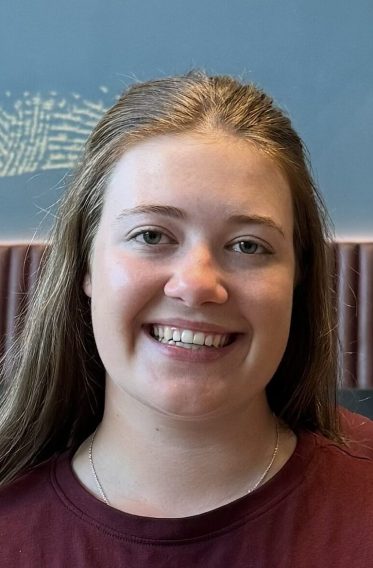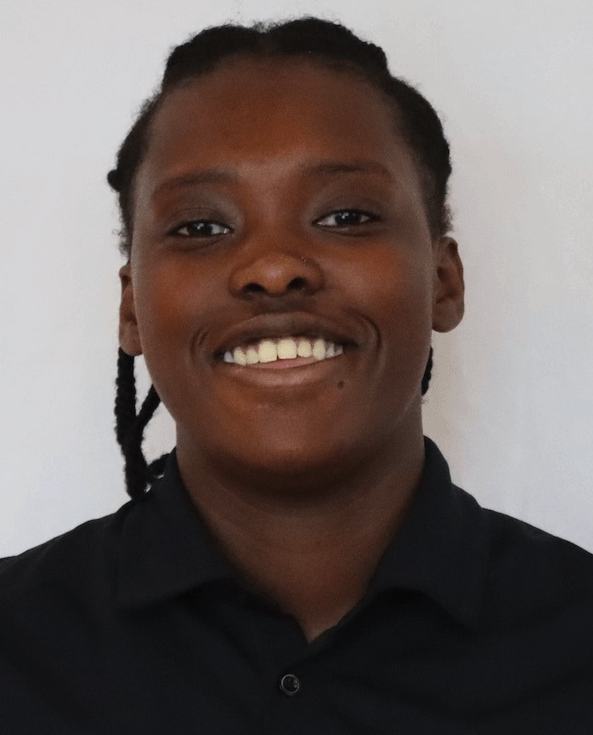When everything is working properly, humans can perform high-demand activities of daily living for more than 100 years. This rarely happens. One of the greatest barriers to realizing this potential is pathology of the musculoskeletal system. Joints are critical elements for enabling complex movements between segments, and they are remarkable in their ability to facilitate motion while transmitting forces; however, changes due to disease and injury interfere with mechanical function. Clinical interventions aim to alter joint mechanics; however, a lack of information on how healthy joints function during dynamic loading and whether interventions effectively alter joint mechanics as intended limit the ability to optimize treatments.
The purpose of this work is to use biplanar videoradiography to directly measure a person’s specific anatomy in motion while they perform high-demand activities. Precise information describing the motion of the skeletal system coupled with full-body musculoskeletal modeling approaches may provide insights into joint function and health.
Current Members

Michael Rainbow, PhD
Principal Investigator
Understanding the relationships between form, function, and dysfunction in multi-articular joint structures of the appendicular skeleton using a comparative approach involving collaboration with researchers in evolutionary biology, orthopaedics, rehabilitation, computer science, exercise science, and motor control.

Dajung Yoon
MASc Student
Studying internal foot mechanics responding to balance strategies to better understand the contributions of the foot to human stability.
Sponsors

The Estate of Donald McGeachy, B.Sc. (Mech Eng) 1940









